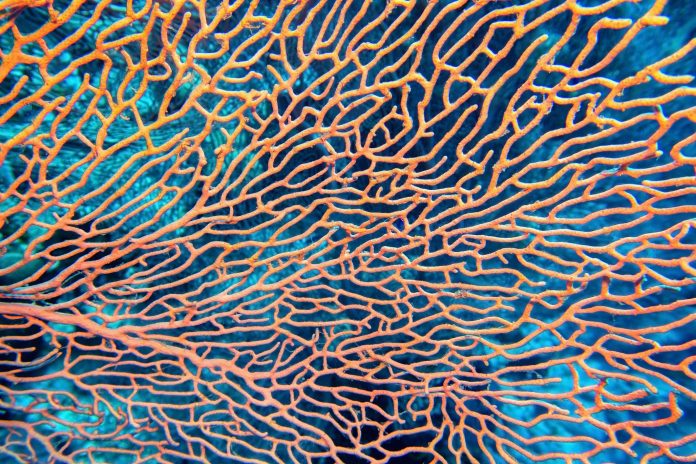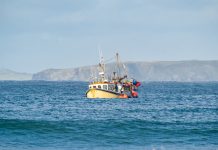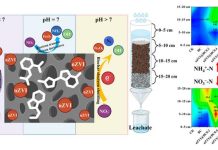Volcanic CO2 seeps in Papua New Guinea have acted as a ‘time machine,’ allowing scientists to predict the fate of coral reefs. Research shows that by 2100, global reefs will be less complex, recover slowly, and be dominated by fleshy algae due to ocean acidification
An international study has leveraged unique natural laboratories in Papua New Guinea (PNG) to offer a stark prediction for the future of coral reef ecosystems. By the year 2100, global and Australian coral reef communities are expected to recover slowly, be less complex, and be dominated by fleshy algae as rising atmospheric carbon dioxide (CO2) fundamentally alters ocean chemistry.
The peer-reviewed research, led by the Australian Institute of Marine Science (AIMS) and published in Communications Biology, moves beyond aquarium studies to examine the long-term impact of ocean acidification on entire, functioning reefs.
PNG volcano seeps: A natural time machine
The research team, spearheaded by AIMS coral researcher and senior author Dr Katharina Fabricius, studied coral reefs near remote shallow submarine volcanoes in Milne Bay, PNG. At these sites, nearly pure CO2 naturally seeps from the seafloor, locally enriching the surrounding water.
Dr Fabricius described these unique sites as a “time machine,” allowing scientists to study the reefs’ tolerance limits and make real-world predictions. The CO2 seeps provided a living laboratory for a decade-long program to study how tropical marine ecosystems and organisms acclimate over generations to high CO2 levels.
The discovery of the bubbling gas emerged in 2000 while Dr Fabricius was surveying species. The gas was later analysed in 2009, revealing its high CO2 content, setting the stage for the research.
Acidification leads to algal domination and reduced recovery
Oceans absorb atmospheric CO2, lowering the water’s pH and making it more acidic. While oceans are naturally slightly alkaline (current pH of 8.0), their acidity has already increased by 30%. With rising CO2 emissions, the ocean pH is predicted to decline further to around pH 7.8 by 2100. This increased acidity dissolves coral limestone, threatening the very structure of the reefs.
First author Dr Sam Noonan, also from AIMS, highlighted the key findings observed across 37 sites along a 500-meter CO2 exposure gradient:
- Decline in corals and a rise in algae:
- With every increase in CO2, the researchers observed a clear trend: fewer corals and more fleshy algae. The fleshy algae become dominant, effectively replacing and smothering both coral and calciferous algae.
- No tipping point:
- The study found no sudden “collapse or tipping point,” but rather a gradual shift in community structure as CO2 concentrations increased.
- Fewer baby Ccorals:
- Crucially, the team observed far fewer baby corals in the higher CO2 environments. This suggests reefs will be unable to grow and recover quickly from disturbances, which has severe implications for the fish and coastal human communities that depend on the reefs for shelter and food.
Dr Fabricius emphasised the global relevance of these findings, noting that while coral reefs in the Great Barrier Reef are already beginning to show changes in response to CO2 gradients, the Papua New Guinea reefs foretell what comes next.
“The more CO2 we emit into the atmosphere,” Dr Fabricius concluded, “the greater the changes will be to coral reefs and the coastal communities which depend on them. This is on top of the impact of global warming and sea level rise.”











